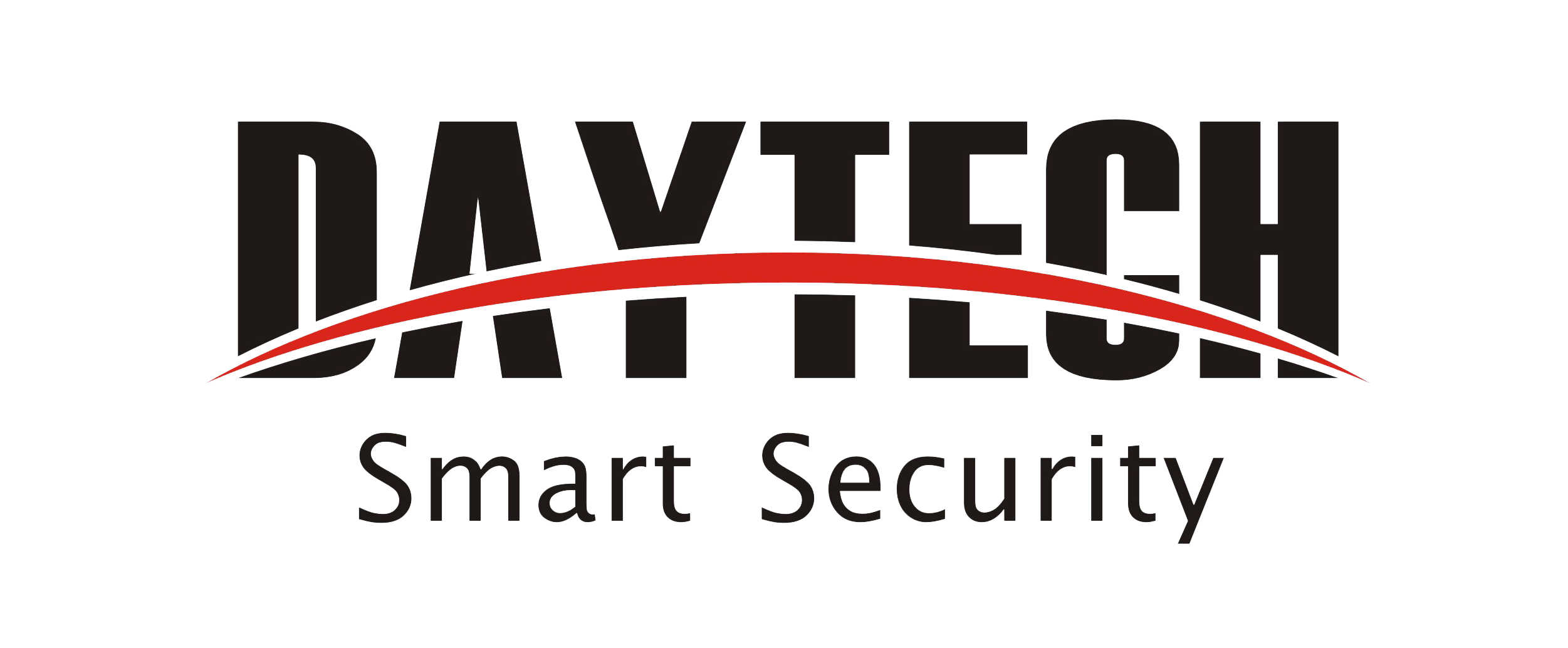Articles récents
-
A Customer’s Experience With the Daytech Wi-Fi Pager December 05, 2025
-
Daytech Customers Share Their Experience with Sonya’s Refrigerator Door Magnet Review December 04, 2025
-
Calltou Customer Review: High-Quality Performance and Genuine Peace of Mind December 01, 2025
Nuage de tags
Daytech Wireless Call System – Real-World Performance and Practical Insights
Customer Use Case: Paul M.
Effortless Setup, Ready Right Out of the Box
The Daytech wireless call system embodies simplicity and practicality. Designed with an intuitive plug-and-play approach, the system requires no technical setup. Each button comes with pre-installed batteries, and the receiver only needs to be plugged into a power outlet to begin operating immediately. This no-fuss installation is particularly valuable in environments where time and ease-of-use are critical—such as eldercare facilities, hospitals, hotels, and office buildings.
To improve receiver visibility in a specific location, users like Paul M. have found it effective to use an extension cord. This allows the receiver to be placed in a central, high-visibility area regardless of where power outlets are located.
Signal Range That Exceeds Expectations
One of the standout features of the Daytech call system is its impressive signal range. Built with high-performance wireless transmission, the system maintains strong connectivity even across large properties. In Paul’s experience, the range extended well beyond the boundaries of his home, providing full coverage without interruption.
This robust coverage allows call buttons to be placed in strategic, sometimes hard-to-reach locations—such as bathrooms, stairwells, outdoor areas, and long corridors—without sacrificing reliability. It ensures that no matter where the call is initiated, help is always within reach.
Alert Behavior: Functional but With Room for Optimization
The current system behavior is as follows: when Button 1 is pressed, the receiver announces the alert and flashes the corresponding number for approximately five minutes. If another button (e.g., Button 2) is pressed during that time, the system overrides the first alert, cancels the blinking for Button 1, and shifts attention to Button 2.
This sequential prioritization can create unintended complications in multi-attendant environments.
-
If the alert from Button 1 hasn’t been responded to yet and Button 2 is triggered, the first alert disappears. This risks a situation where a genuine need goes unnoticed.
-
When multiple staff members are rotating shifts or returning to the station, they may see Button 1 still blinking and respond to it again—unaware that a new, more urgent call (e.g., from Button 3) has since been made and cleared from view.
This design, while efficient in single-call scenarios, can inadvertently lead to service gaps or duplicate responses in high-traffic situations.
Feedback to Improve Flexibility and Functionality
Paul reached out to Daytech's support team to inquire whether a user manual or configuration settings are available to:
-
Adjust or reduce the alert timeout duration
-
Cancel call alerts manually
-
Allow multiple simultaneous call indications without one overriding the other
These features, if enabled or added in future models, would make the system significantly more adaptable for complex use cases—such as facilities with high call volumes or multiple responders.
Empowering users to fine-tune these settings based on their unique environments would elevate the system from “effective” to “exceptional.”
Versatile Use Cases Beyond Standard Calling
In addition to conventional call-for-assistance scenarios, Paul shared some creative and practical alternative uses for the Daytech system:
-
Panic alerts in restrooms, hallways, or community rooms: A single press sends a clear and urgent signal to attendants, with minimal confusion or overlap.
-
Security patrol tracking: Staff or guards press a call button at each location as they complete their rounds. The receiver logs their position, providing real-time awareness of movement and coverage.
-
Task progress markers: Caregivers or janitorial staff could use the system to indicate completed duties in specific areas, giving supervisors visual confirmation of workflow.
In such scenarios, a longer or persistent alert would be beneficial, helping staff easily track the last known location or task status, especially if manual cancellation is available.
Final Thoughts: A Reliable System with Valuable Potential
Daytech’s wireless call system delivers on its core promise—ease of use, strong signal coverage, and reliable performance. For facilities with straightforward service needs or lower traffic volume, it is an outstanding solution. In more dynamic, multi-staff environments, the observations shared by Paul M. offer valuable insights into how the system could evolve.
Every piece of user feedback is a blueprint for improvement. We thank Paul M. for his thoughtful observations, which not only validate the product’s strengths but also highlight areas for enhancement.
At Daytech, we're committed to refining our solutions—ensuring they serve real needs in real-world conditions.
Let me know if you’d like this adapted for Amazon listings, brochures, or a more concise product landing page format.



